There Verbena officinalis is a plant belonging to the family of Verbenaceaealso known by the names of common verbena And wild verbena. The botanical family is very large and includes innumerable species, both spontaneous and cultivated. It is often confused with the fragrant verbena (Aloysia citriodora), very common as an ornamental plant. However, the common verbena is present in all Italian regions and boasts a long tradition of use in folk medicine. It is in fact a plant rich in beneficial properties.
In this article we know its botanical characteristics, the medicinal properties it holds and its relative uses.
Regional names of the Verbena officinalis
As evidence of the local spread, here are some of the regional names by which this plant is known: turkish grass And miusa grass in Liguria, barbegna And coj dij prà in Piedmont, barbena in Lombardy, crous And clumbeine in Emilia, herbena in Veneto, grass cross And berbena in Tuscany, purecella in Abruzzo, vermena in Lazio, vein in Campania, spleen grass in Puglia, herb de la crucivia In Calabria, mischievous And virminiaca in Sicily, crebena in Sardinia.
Botanical description of verbena
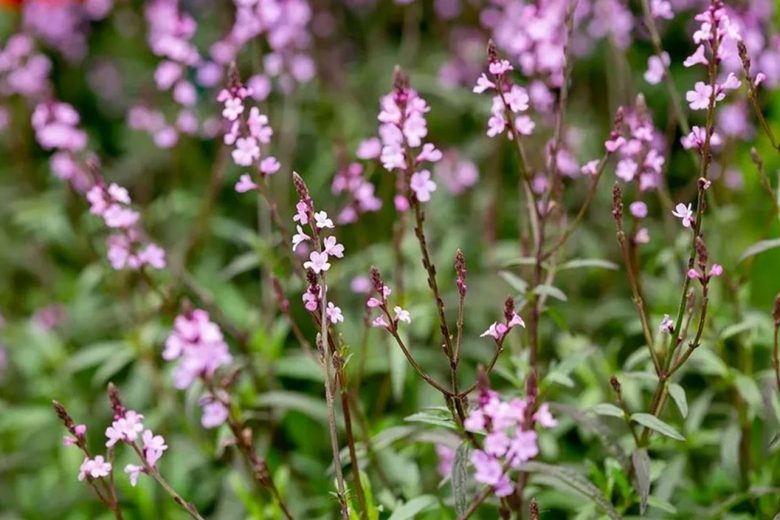
There Verbena officinalis it is a perennial herbaceous plant, of the biological form of scapose hemicryptophyte, that is a perennial plant thanks to the buds placed at ground level. The root system is a small rhizome, with the basal portion sometimes lignified. The stem, with a square section with protruding corners, is quite branched. It can be in an upright form or lying down and then ascending, and is on average 60-70 cm long, rarely reaching 1 m.
Leaves
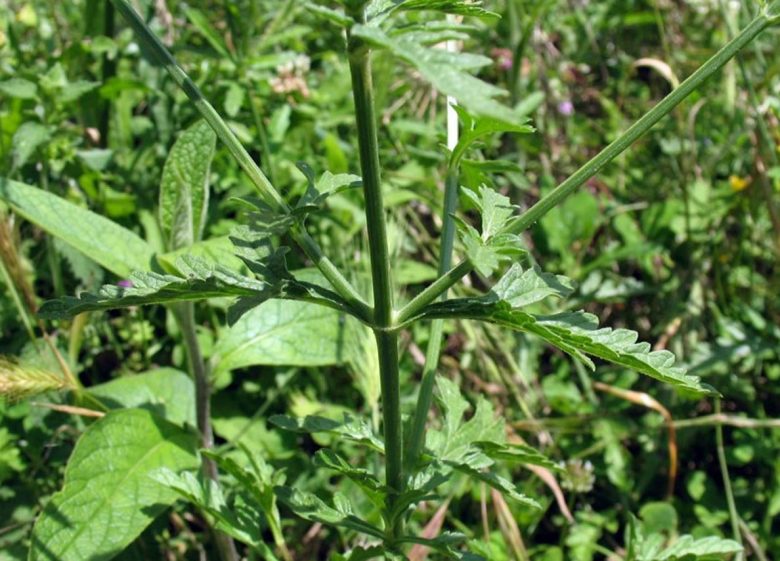
The leaves of the common verbena are opposite and different depending on the position on the stems. The lower ones are petiolate, oblong-lanceolate with the toothed margin more or less deeply, sometimes pinnatifid. The leaves inserted in the middle portion of the stem are instead tripartite, that is divided into three lobes of which the median is larger than the lateral ones. Finally the upper leaves, simple and oblong, with the toothed or entire margin in the last leaves.
Flowers
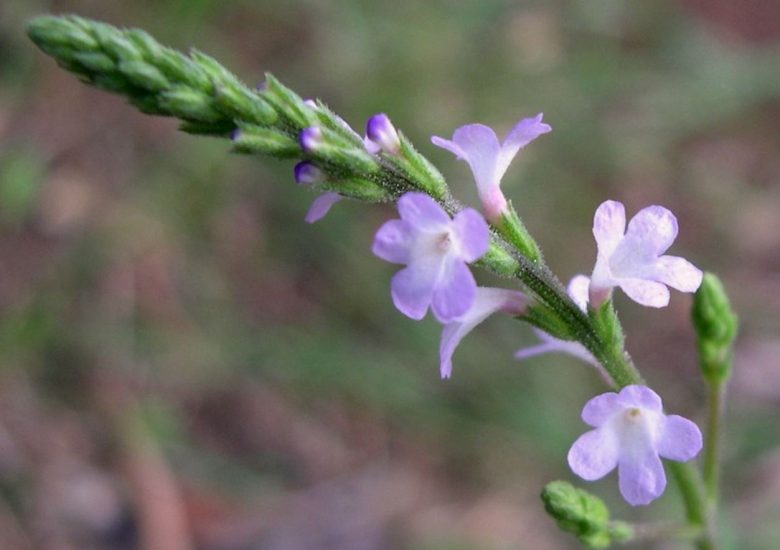
THE verbena flowers they are inserted on spikes which lengthen during flowering and which together form a panicle. Each flower has a small bract at the base. The calyx, tubular, is terminated by four to five teeth. The corolla, of light lilac or pink color, is also tubular and opens to the fauce in five oval and sub-equal lobes.
The flowering of the plant is prolonged, it takes place from May to October depending on the climatic zone.
Fruits
The fruit of the Verbena officinalis it is a capsule compressed laterally with the apex sunken and therefore heart-shaped. The external surface is reticulated-wrinkled, inside it is divided into four lodges each containing a seed.
Natural habitat of the Verbena officinalis
As mentioned, wild verbena is present throughout Italy. It grows from sea level to the alpine area, preferably in fallow fields and along country roads.
Collection and storage of verbena
The parts of the Verbena officinalis that are used in domestic herbal medicine are the flowered tops. They are harvested at the beginning of flowering, cutting the plant 10-20 cm from the lowest flowers. The tops, gathered in bunches, hang to dry in an airy and shady place. They can then be safely stored in paper bags.
Active ingredients and properties of Verbena officinalis
The main constituents of officinal verbena are: bitter iridoid glycosides (verbenaloside, verbenin), essential oil (citral, limonene, geraniol, verbenone), flavonoids, mucilages, triterpenes, polyphenols, phytosterols.
From these active principles derive the following properties: diuretic, purifying, anti-neuralgic, anti-inflammatory, digestive, febrifuge, galactogogue, astringent. The leaves have antioxidant and antifungal activity.
Indications
The properties recognized at the flowering tops of the Verbena officinalis they range in a fairly vast field. The tradition of popular medicine uses its distinctly bitter taste to stimulate the appetite and promote digestion. In addition, it attributes diuretic and purifying virtues of the liver and spleen, and considers it useful for eliminating stones, driving away fever, relieving rheumatic pains.
This plant is also an excellent remedy for external use. Infusions are in fact used to cleanse sores and wounds, to gargle that purify the mouth, tone the gums and remove inflammation of the tonsils. In addition, the poultices made with the flowering tops mitigate the neuralgic pains and those of the joints. Finally, it is applied on bruises to reverse swelling and liquid transfers.
There Verbena officinalis it can be found in herbalist’s shops and specialized shops in different formulations.
Domestic use
In the home, it can be done easily prepare an infusion with the flowering tops of verbena, using 1 g in 100 ml of water, to be taken after meals as a digestive and purifying agent.
For external use, a larger quantity of the plant is used to prepare the infusion, i.e. 5 g in 100 ml of water. Excellent for bruises, neuralgic and joint pains, to purify and tone the mouth and throat.

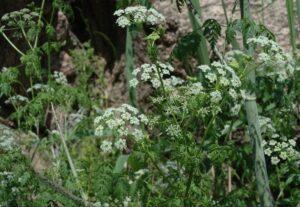
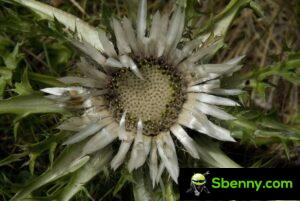
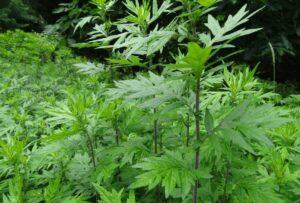
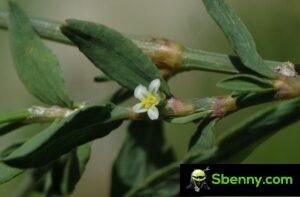
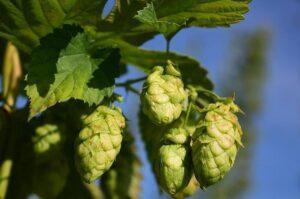
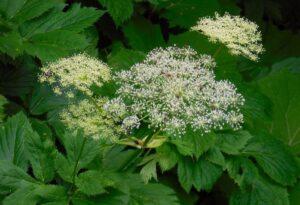
Start a new Thread